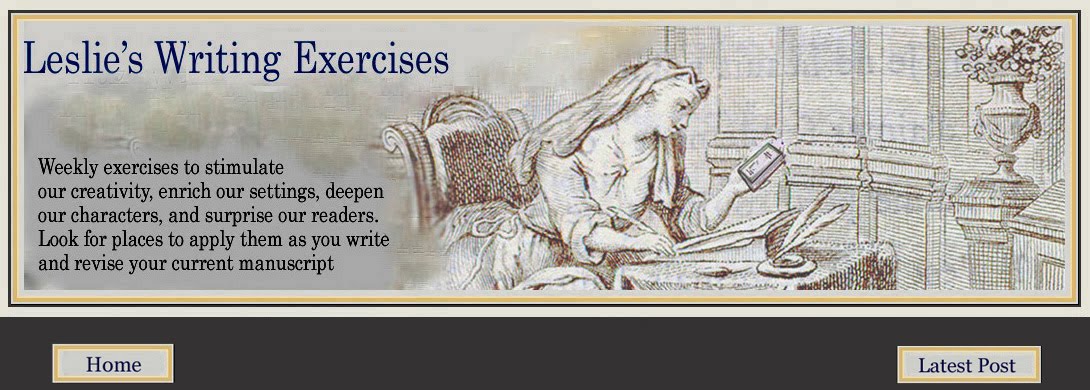Yesterday I changed my mind about how to structure my novel. This is nothing new -- I've gone back and forth with this for nearly four years now. My novel spans approximately six years in time, and though the events occurring in the earliest months are critical to the story's outcome, I want to keep the main focus on those events that take place during the final year of the story.
Telling the story in chronological order seems like the most straightforward way to go, but that option gives equal weight to both past and present events. Another option would be to tell the story in alternating parallel storylines, one chapter in the present, followed by a chapter of flashback, and then back to the present in the next chapter, and so on. This structure would also seem to put too much focus on my character's past actions. For now, I've settled on a third option: I'll begin each chapter in the present and then flash briefly back to an important scene from the past, giving just enough information to provide necessary motivation or to reveal character. These flashbacks will follow a chronological timeline, until hopefully by the end of Part I the past will have caught up to the present and I can proceed with the rest of the novel in the present time.
The only problem, of course, is that flashbacks can be difficult to pull off. "There is an inherent plot problem when you use flashbacks," writes James Scott Bell, author of Plot & Structure. "… forward momentum is stopped for a trip to the past. If not used properly, the reader can get frustrated or impatient (not to mention editors, who tend to distrust flashbacks altogether)."
But flashbacks can be a good thing, as Caren Gussoff notes in this excerpt from her excellent chapter on "Setting and Pacing" in Gotham Writers' Workshop: Writing Fiction, The Practical Guide:
One thing for sure, to be such a wizard we need to keep our readers from getting lost in time and space, to keep our transitions as smooth and inconspicuous as we possibly can. In her bookPlot (from the Elements of Fiction Writing series) Ansen Dibell writes:
One way to make sure you're solidly anchored before you make the leap back in time is through the use of sensory detail. Author Rust Hills (Writing in General and the Short Story in Particular) writes:
Recently I've tried to pay attention to how some of my favorite authors manage to navigate so smoothly from present to past and out again. The following are just a few flashback transitions from one of my favorite short stories, "Tiny Smiling Daddy," by Mary Gaitskill (Read her stories. Gaitskill is a master at piloting the reader through time and space). Each of the following passages leads into a brief flashback scene. The last one is my favorite-- the way the author ferries the reader from a scene in the present action (He stopped at a crowded intersection, feeling like an ant in an enemy swarm), through a brief summary of events over a period of time (She wrote poems about heroic women warriors, she brought home strange books and magazines), to a particular, vivid moment in time (Kitty screamed at her, the tendons leaping out on her slender neck.... ) So fluid. So seemingly effortless!
So, if in your current writing project you're ready to "lean off the roof" and take your reader on a brief journey into your character's past, here's an exercise to help get you started:
James Scott Bell, Plot & Structure
Ansen Dibell, Plot
Gotham Writers' Workshop: Writing Fiction: The Practical Guide (chapter on "Setting & Pacing" by instructor, Caren Gussoff)
Mary Gaitskill's collection of short stories: Because They Wanted To







Leslie, your exercise is right on.
ReplyDeleteThe two main points: that the flashback "contributes somehow to the central action of the story" and not to use the words "remembered, recalled, or thought back to" are exactly what I'm keeping in mind in HADA.
The anchoring in the present is a quick way to remind oneself too.
How to you post from other books? I'm still trying to understand the tech angles to posting. You're doing great!